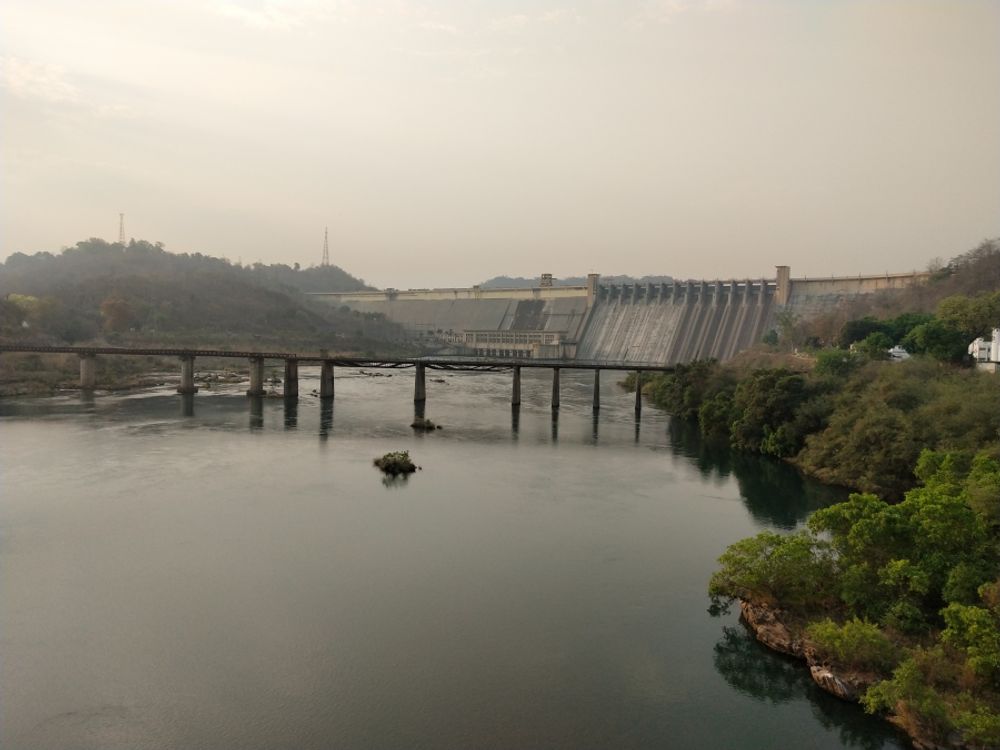

The dam increases the volume of the river to form leaked water. It also controls the flow of water. The resulting tank is the resultant stored energy.

The force of the falling water on the turbine knives causes the turbine to rotate. A water turbine is much like a windmill, except for the power of falling water and not wind. It converts turbulent water into mechanical energy.
Of course, it is not as difficult.
Suppose there is a small hydroelectric dam in your area. The dam can be used for farming or for the rest of the lake. As mentioned above, you need to know two things.
How much water will fall? Contacting the dam operator, we come to know that the dam is 10 feet high, so the water will fall 10 feet.
The amount of water in the river. When we spoke to the US Geological Survey, which measured river flow, we found that the average water flow in the river was 500 cubic feet per second.
We have only a small amount left. Engineers realized that we can calculate the capacity of the dam with the following formula:
Strength = (height of dam) x (river flow) x (efficiency) / 11.8
Electricity (equivalent to 1000 watts per kWh). The height of the dam is the distance at which the feet of water fall into the electric field. For the elderly, this may be 60% (0.60) for untreated hydroelectric plants and 90% (0.90) for new well-protected plants. Varies from 11.8 seconds to kilowatts.
For example, we buy 80% efficient turbine generators for the dam in our region.
If so, it will be the power of our dam:
Power = (10 ft) x (500 cubic feet per second) x (0.80) / 11.8 = 339 kW.
To find out what 339 kW means, let's take a look at how much electricity we can produce in a year.
Since electricity is usually measured in kilowatt hours, we increase the power of our dam several hours a year.
Power = (339 kW) x (24 hours a day) x (365 days in a year) = 2,969,000 kW.
The average annual energy consumption in the United States is 3,000 kWh per person. So we can find out how many people our dam can serve by paying 3,000 times the annual energy production.
People = 2,969,000 kWh / 3000 kWh per person) = 990 people.
Therefore, with the addition of a turbine-generator, our local irrigation or recreation dams can provide enough renewable energy to meet the needs of 990 people.
Note: Before you decide to add a hydroelectric power plant to the dam, ask the hydroelectric engineer to review your calculations.
The generator is connected to the turbine with screws and possibly gears, so it rotates the generator as it runs. It converts the mechanical energy of turbines into electrical energy. Generators run on hydropower, like all other generators










